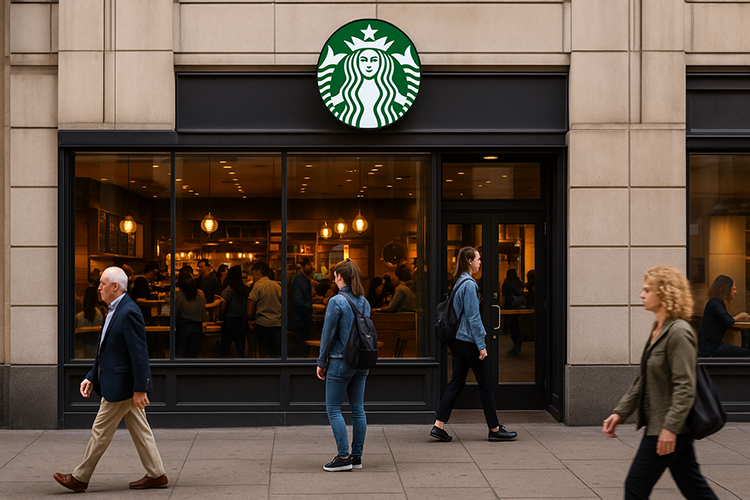2025-09-28
retail

Starbucks is embarking on a global restructuring that will see hundreds of jobs cut and a selection of cafés closed, with North America bearing the brunt and parts of Europe also affected. The company has confirmed that underperforming sites in the United States and Canada will be shut down, amounting to about one percent of its stores in those markets, alongside roughly 900 job losses in office and support roles. In Britain, a consultation is under way to identify which locations will be closed, while stores in Austria and Switzerland are also expected to disappear from the portfolio. Executives stress that the move is not a retreat but a pruning exercise aimed at re-focusing on quality and consistency. Many of the cafés selected for closure are those that struggle financially or cannot deliver the kind of customer experience the brand wants to reinforce. At the same time, Starbucks has pledged to remodel more than a thousand outlets globally over the next year, promising shorter queues, refreshed interiors, and a warmer atmosphere that emphasizes the traditional coffeehouse feel over minimal pickup formats. The shift comes after six consecutive quarters of declining same-store sales in the U.S., the company’s largest market, where competition is intense and consumer price sensitivity has grown. Rivals at both ends of the spectrum are exerting pressure: value-driven chains compete on price and convenience, while independent cafés and third-wave specialists pull customers toward higher-end quality and atmosphere. Analysts note that large chains like Starbucks face a trust gap when long lines, inconsistent service, or high prices leave customers feeling short-changed. Europe presents a more mixed picture. The branded coffee shop market across the continent is still expanding, with the total number of outlets rising by nearly five percent in 2025 to more than 51,000—its fastest growth in years. Operators remain under strain from high input costs, but consumer demand for cafés is proving resilient. In Central and Eastern Europe, Starbucks operates largely through the licensee AmRest, which runs more than 430 outlets in eight countries. The group continues to open new sites while trimming others, suggesting a strategy of optimization rather than contraction. Country-by-country, the outlook varies. In Germany, where Starbucks maintains a mix of company-run and licensed outlets, there has been no announcement of widespread closures. France and Spain also continue to host a substantial number of cafés, with changes appearing to be limited to routine portfolio management. Italy, where Starbucks has always faced a challenging cultural and competitive environment, has not been singled out for major cuts, though high rents in some prime cities continue to test the model. In Britain, closures are confirmed but the exact number is not yet known. The wider retail backdrop matters. In the UK, overall high-street footfall fell in 2024, weakening the environment for cafés that rely on heavy pedestrian traffic. By contrast, footfall data in the U.S. suggests visits to coffee establishments remain above pre-pandemic levels, but consumers are spending differently, often splitting their loyalty between big chains and independents. Smaller operators have shown surprising resilience, with many reporting stable or improved revenues in the past year by leaning into quality, local ties, and community engagement. Starbucks itself is rebalancing its strategy. In recent years, it leaned heavily into drive-throughs and mobile-only pickup points, but the company now admits that approach went too far. It is gradually phasing out those formats in favor of more welcoming cafés where customers are encouraged to linger. This reflects a recognition that coffee culture is evolving: while convenience remains important, many consumers still want a space to sit, socialize, or work. Globally, the coffee shop sector continues to expand, with forecasts pointing to steady growth through the next decade and even faster gains for specialty outlets. The question for Starbucks is how to position itself in that environment—balancing scale with experience, and automation with hospitality. The closures announced in North America and Europe are significant in symbolic terms, but relatively modest in scale compared with the company’s 18,000-plus cafés in the region. The broader strategy is about re-investment and reset: cutting weaker sites, upgrading many more, and trying to recover the mix of quality, efficiency, and environment that originally made the brand dominant. Whether that strategy succeeds will depend on how well Starbucks adapts to a coffee culture that is no longer defined solely by convenience, but also by expectations for authenticity, service, and atmosphere.

